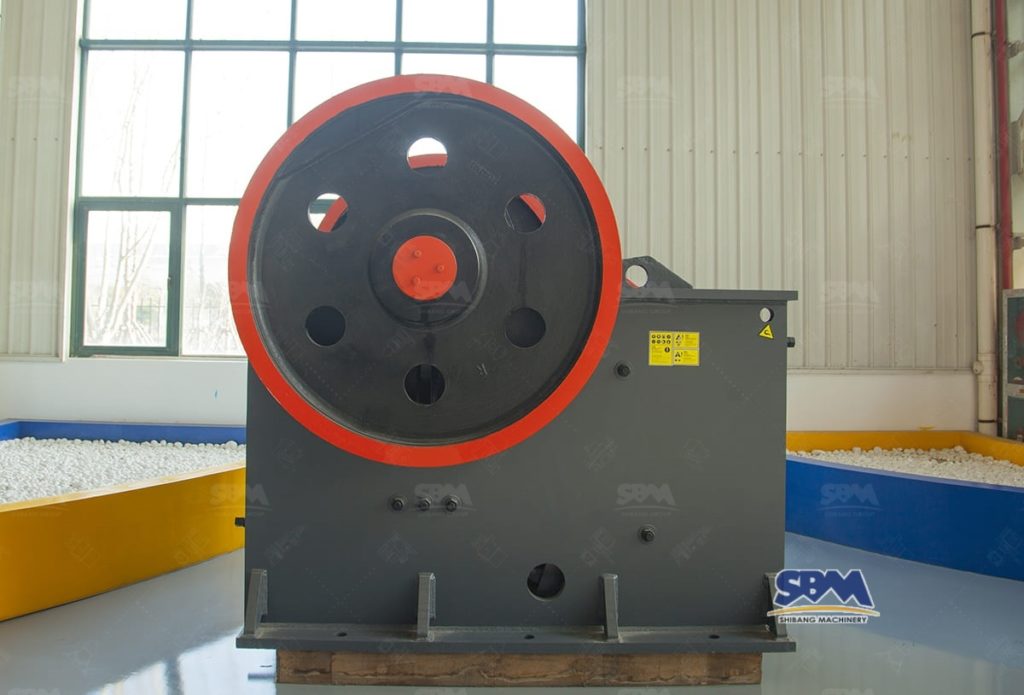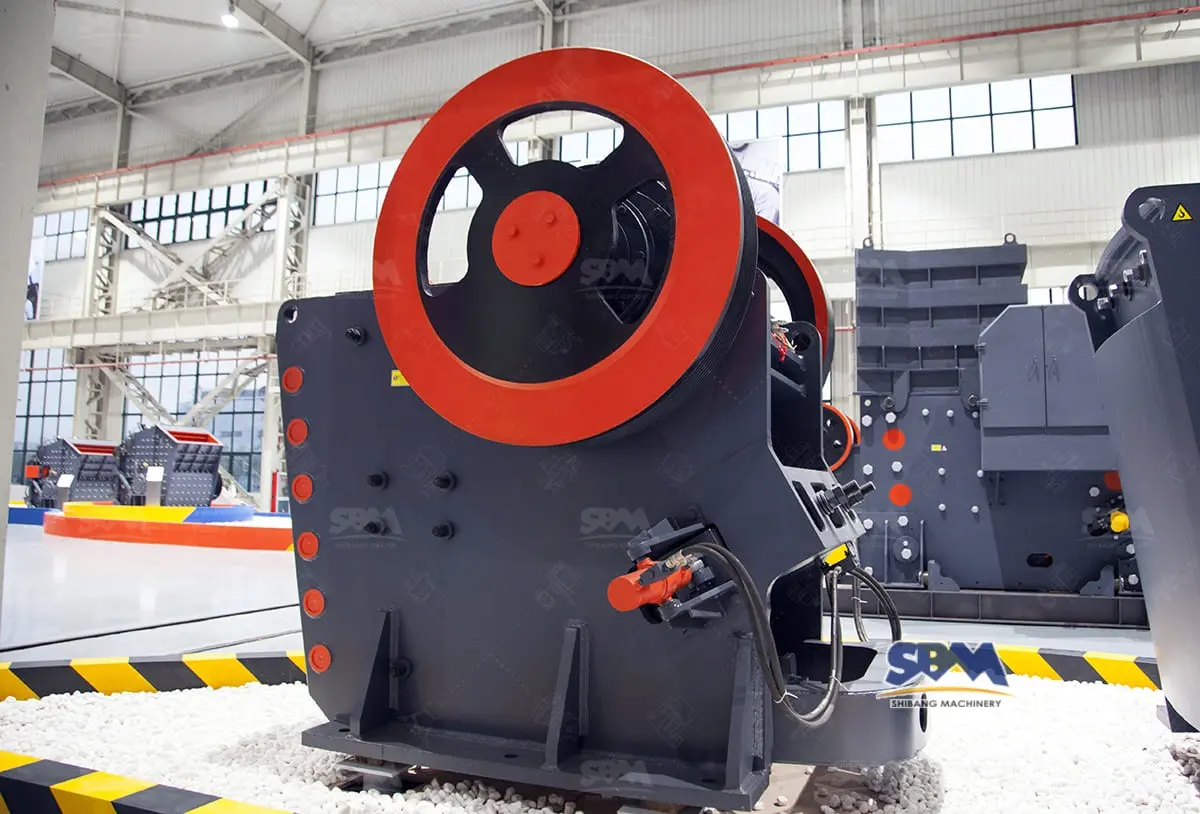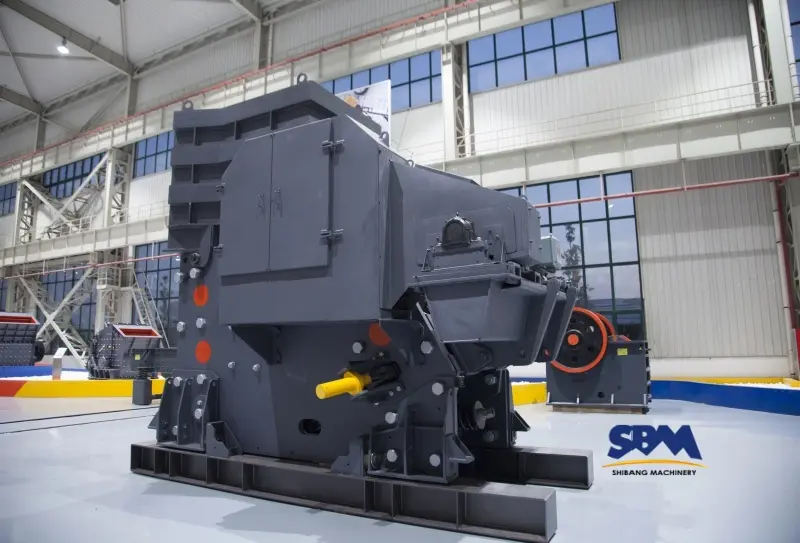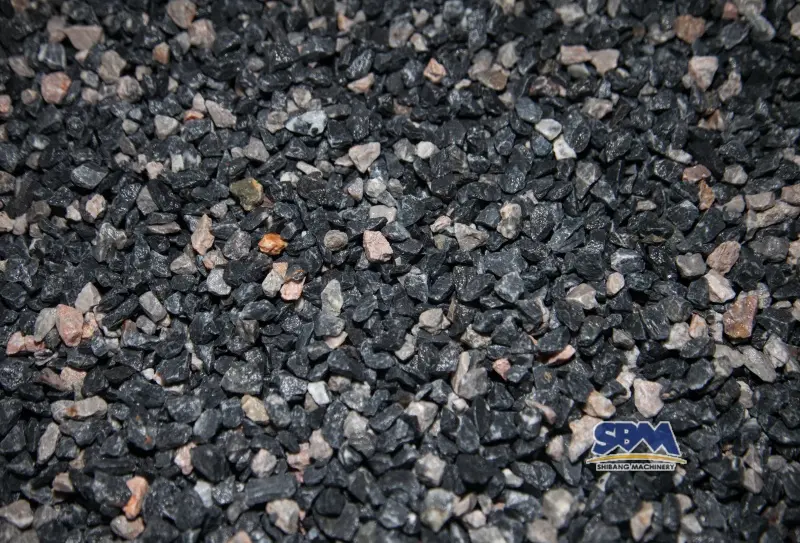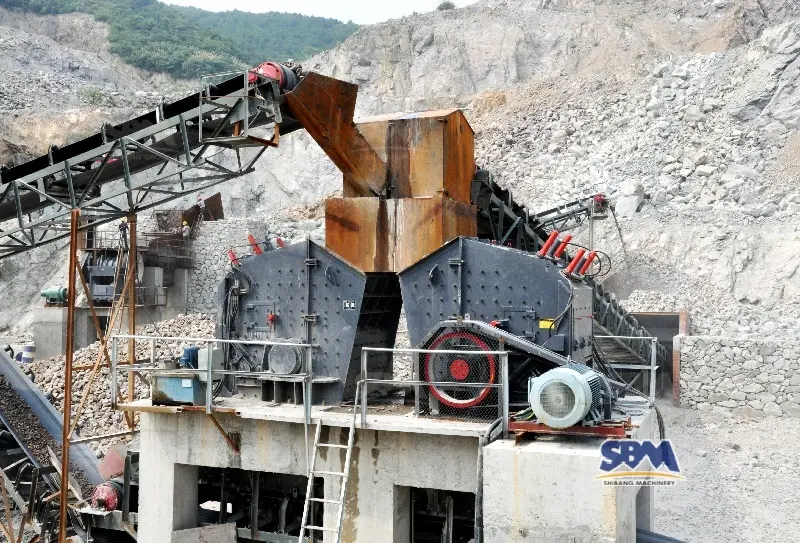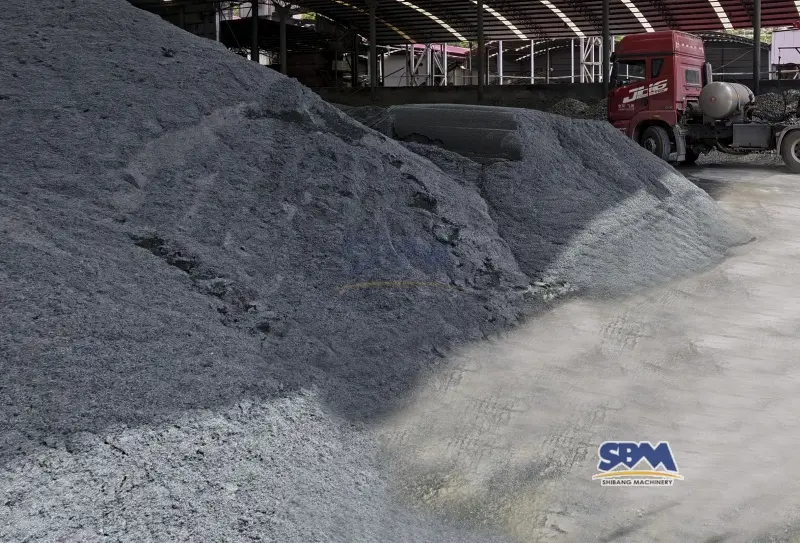Email: [email protected]
What Is The Best Jaw Crusher For Hard Rock?
When it comes to hard rock, like granite or basalt, crusher choice isn’t just theoretical—it’s the heart of your production efficiency. For minerals processing professionals, picking the best jaw crusher for hard rock means higher throughput, lower costs, and fewer headaches. Sound good? Let’s dig in, step by step.
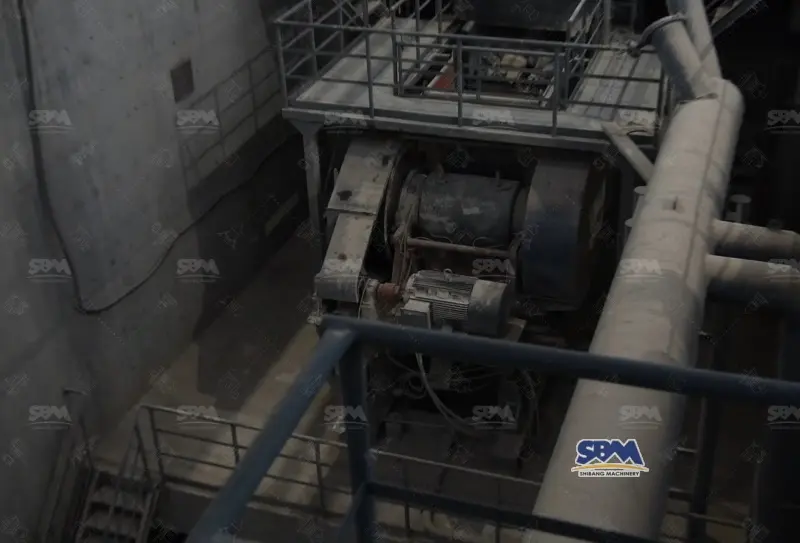
What Is Hard Rock? — Typical Minerals and Toughness
Hard rock includes materials with high compressive strength and abrasiveness. Common types:
Hard rocks require machines that can handle intense impact and resist high wear over time.
Table: Mohs Hardness of Common Hard Rocks
| Rock Type | Mohs Hardness | Typical Application |
|---|---|---|
| Granite | 6-7 | Building, road aggregate |
| Basalt | 6 | Railway ballast, construction |
| Quartzite | 7 | Heavy-duty industrial uses |
How Jaw Crushers Work: Breaking Down the Basics
Jaw crushers use two plates—one fixed, one moving—to compress and break rock. Think of it like a tough mechanical chew. Feed size is reduced quickly, making jaw crushers the default choice for primary crushing on hard materials.
Key Benefits
- Handles large feed sizes
- Simple maintenance structure
- Reliable performance in harsh conditions
Top Considerations When Selecting a Jaw Crusher
Choosing your crusher isn’t guesswork. Here’s what matters:
- Feed size: Bigger jaw opening = larger rocks possible
- Capacity: Tons per hour—you want consistent output
- Adjustable output size: Flexibility for downstream processes
- Durability: Materials like manganese steel extend wear life
- Energy consumption: Efficient models save $$ over time
- Ease of maintenance: Quick changes and less downtime
Jaw Crusher vs. Other Crusher Types
How does a jaw crusher compare?
| Crusher Type | Best Application | Pros | Cons |
|---|---|---|---|
| Jaw Crusher | Hard rock, large feed | Robust, high throughput | Coarser product, needs secondary |
| Cone Crusher | Secondary/tertiary | Fine output, shape | Needs pre-sized feed |
| Impact Crusher | Medium-hard, shape | High reduction ratio | High wear, not for hardest rock |
| Gyratory Crusher | Large-scale, primary | Huge capacity | Complex, expensive setup |
Key Product Parameters to Compare
Every crusher spec matters. For hard rock, focus on these:
- Feed opening (mm)
- Max feed size (mm)
- Discharge range (mm)
- Capacity (t/h)
- Jaw plate material
- RPM/speed
- Motor power (kW)
SBM PE Jaw Crusher Example (Reference Specs)
| Model | Feed Opening (mm) | Max Feed (mm) | Discharge (mm) | Capacity (t/h) | Speed (rpm) | Power (kW) |
|---|---|---|---|---|---|---|
| PE500×750 | 500×750 | 425 | 50-100 | 45–100 | 275 | 55 |
| PE900×1200 | 900×1200 | 750 | 95-200 | 220–380 | 200 | 132 |
| PE1200×1500 | 1200×1500 | 1020 | 150-300 | 460–900 | 190 | 200 |
Energy Efficiency, Maintenance, and Wear Life
Efficiency isn’t just a selling point—it reflects the real cost over years. High RPM boosts output but can wear parts faster and raise energy costs. Smart designs (like SBM’s multi-point lubrication and adjustable speed) balance output and longevity.
- Jaw plate design: U-shaped, or specially hardened for longer life
- Energy use: Modern models can cut power consumption by 18–22%
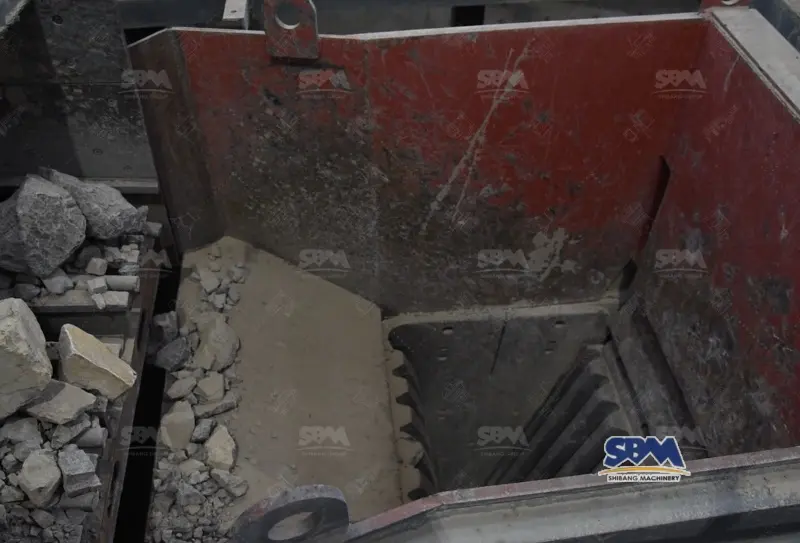
SBM Jaw Crusher Models—Features, Specs, and Real-world Advantages
SBM jaw crushers are designed for harsh rocks and industrial minerals. What sets them apart?
- Advanced technology: Symmetrical chamber, optimized toggle angle
- Peak productivity: Deep chamber and steep nip angle maximize feed
- Easy maintenance: Hydraulic adjustment, accessible parts
- Durability: Rigorous quality standards, high-hardness steel
- Flexible settings: RPM range (220–330) tailored for the material
Practical Selection Guide: Matching Crusher to Your Needs
Here’s a step-by-step checklist:
- Analyze rock type & hardness
- Estimate feed size & required throughput
- Pick jaw crusher opening for your largest rock
- Balance output size (discharge setting) with downstream needs
- Compare energy ratings and total cost of ownership
- Assess ease of maintenance and parts availability
- Match wear parts to material type for best lifespan
Real User Stories: Crushers in Tough Conditions
“Switching to an SBM jaw crusher cut my downtime in half—even with tough granite. Maintenance is a breeze, and throughput is way up.”
Common Mistakes and How to Avoid Them
- Ignoring material tests: Always assess hardness!
- Choosing too small a jaw: Leads to jams and slowdowns
- Overlooking product output size: Finer settings may cost capacity
- Neglecting wear parts lifecycle: Cheap upfront ≠ cheap long-term
FAQ: Jaw Crushers and Hard Rock
Q: Can I use a jaw crusher for ultra-abrasive materials?
A: Yes, with proper manganese jaw plates and scheduled maintenance.
Q: How much maintenance do these crushers need?
A: Routine checks and quick wear-part swaps, especially with advanced designs.
Conclusion & Next Steps
When you’re looking for the best jaw crusher for hard rock, focus on a large opening for rocks, tough jaw plates, machines that don’t waste energy, and ones that are easy to fix. Check how much rock it can handle, look at the details, and talk to experts if you need advice about what size works best. If you want a really dependable choice, SBM jaw crushers are trusted by users all over the world for working with tough stones and minerals.
Reference Table: Quick Product Comparison
| Model | Max Feed Size (mm) | Capacity (t/h) | Suitable Rock Type |
|---|---|---|---|
| SBM PE500×750 | 425 | 45–100 | Granite, Basalt |
| SBM PE900×1200 | 750 | 220–380 | Granite, Quartzite |
| SBM PE1200×1500 | 1020 | 460–900 | Ultra-hard |
Let me know your processing line capacity, preferred output size, or other specific needs. I’ll help fine-tune a jaw crusher recommendation tailored for your next minerals project!
Related Jaw Crushers
Headquaters Office
Whatsapp:+8615225176731
Email: [email protected]
Address: No. 1688, Gaoke East Road, Pudong new district, Shanghai, China.
Website: https://www.mill-sbm.com/

